Changsong Xu
Graph Neural Network Potential for Magnetic Materials
Mar 06, 2022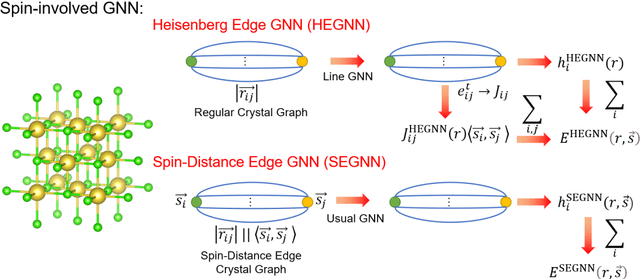
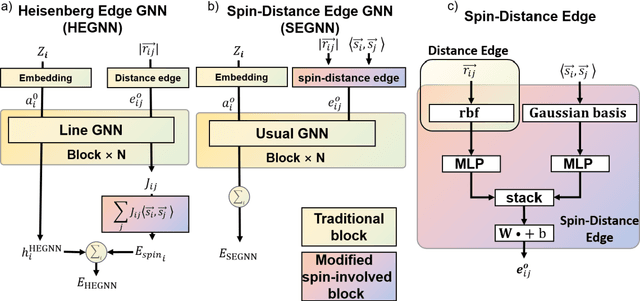
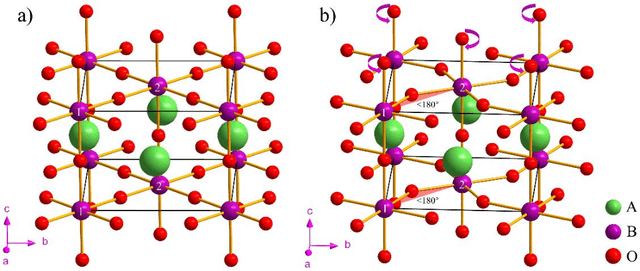
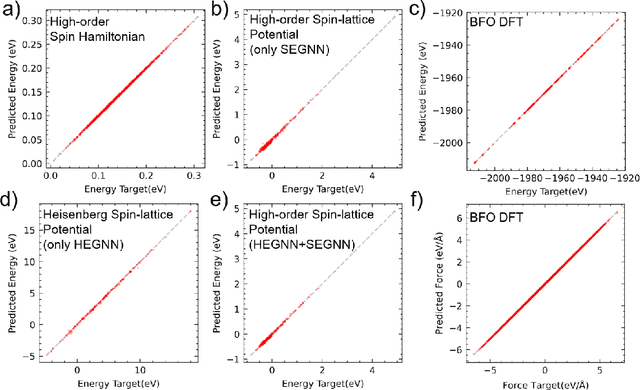
Abstract:Machine Learning (ML) interatomic potential has shown its great power in condensed matter physics. However, ML interatomic potential for a magnetic system including both structural degrees of freedom and magnetic moments has not been well developed yet. A spin-dependent ML interatomic potential approach based on the crystal graph neural network (GNN) has been developed for any magnetic system. It consists of the Heisenberg edge graph neural network (HEGNN) and spin-distance edge graph neural network (SEGNN). The network captures the Heisenberg coefficient variation between different structures and the fine spin-lattice coupling of high order and multi-body interaction with high accuracy. In the tests, this method perfectly fitted a high-order spin Hamiltonian and two complex spin-lattice Hamiltonian and captured the fine spin-lattice coupling in BiFeO3. In addition, a disturbed structure of BiFeO3 with strain was successfully optimized with the trained potential. Our work has expanded the powerful ML GNN potentials to magnetic systems, which paves a new way for large-scale dynamic simulations on spin-lattice coupled systems.
Complex Spin Hamiltonian Represented by Artificial Neural Network
Oct 02, 2021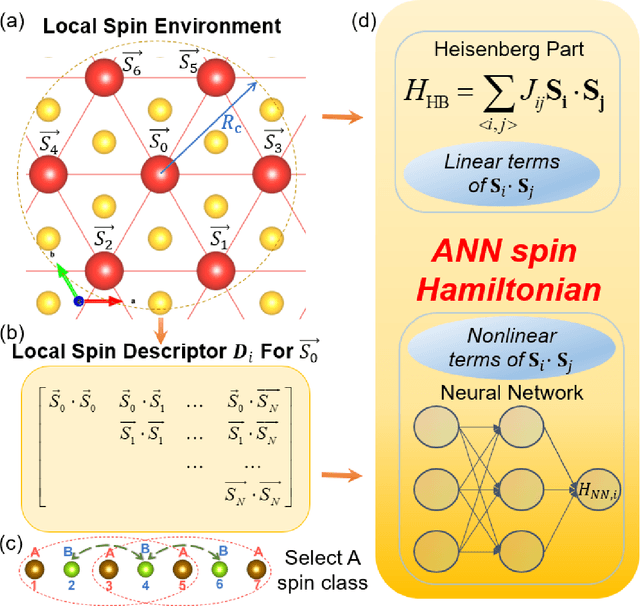
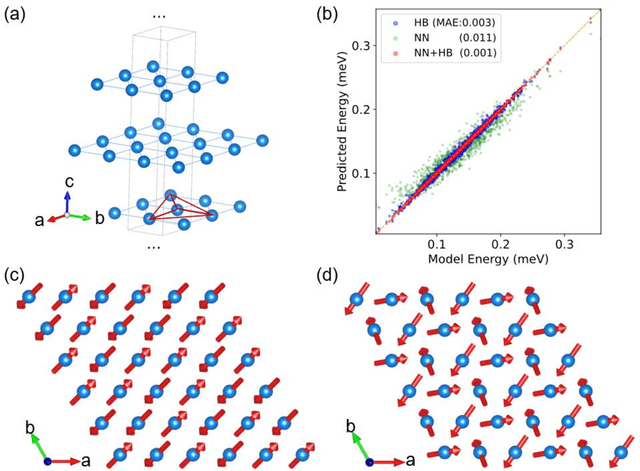

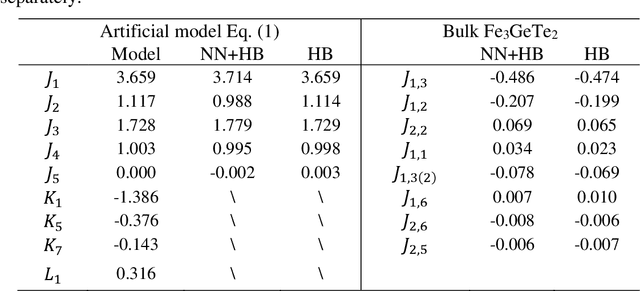
Abstract:The effective spin Hamiltonian method is widely adopted to simulate and understand the behavior of magnetism. However, the magnetic interactions of some systems, such as itinerant magnets, are too complex to be described by any explicit function, which prevents an accurate description of magnetism in such systems. Here, we put forward a machine learning (ML) approach, applying an artificial neural network (ANN) and a local spin descriptor to develop effective spin potentials for any form of interaction. The constructed Hamiltonians include an explicit Heisenberg part and an implicit non-linear ANN part. Such a method successfully reproduces artificially constructed models and also sufficiently describe the itinerant magnetism of bulk Fe3GeTe2. Our work paves a new way for investigating complex magnetic phenomena (e.g., skyrmions) of magnetic materials.
 Add to Chrome
Add to Chrome Add to Firefox
Add to Firefox Add to Edge
Add to Edge